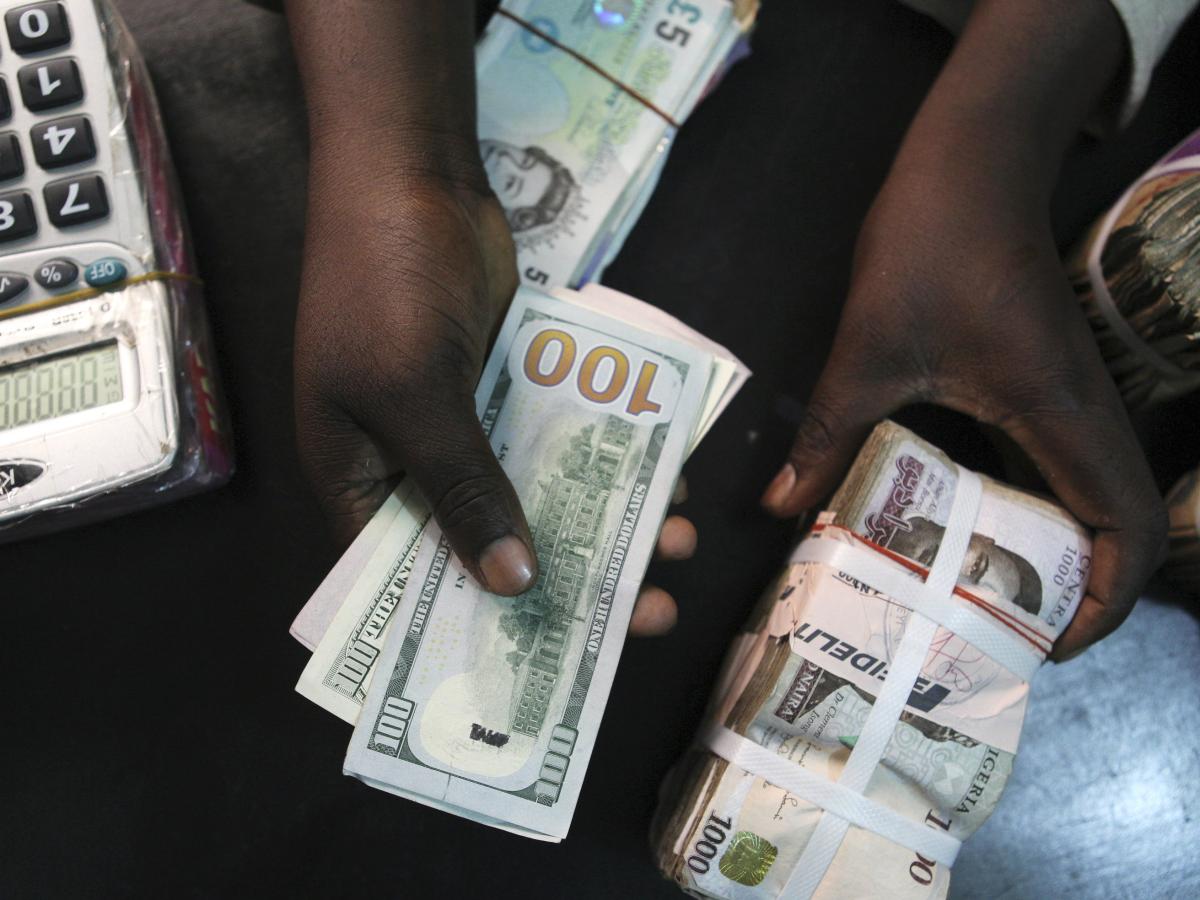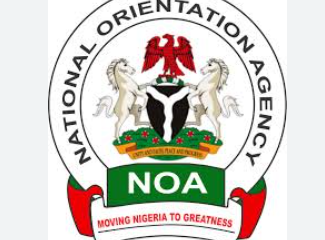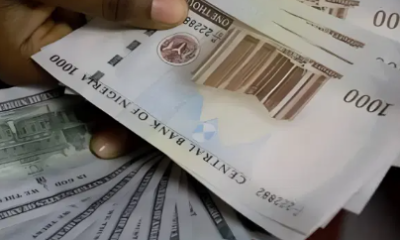The exchange rate between the naira and the dollar fell to N1,040 at the parallel market as demand continues to outpace supply on a frequent basis.
According to forex traders, inflow ranges between N1035-N1045 to the dollar suggesting this was due to increased scarcity, and the situation is now worse because nobody seems to be able to purchase forex even at the official window.
“There is no dollar at the i&E window and no bank is selling. Banks now tell you to fund your account as they no longer issue letters of credit. So it’s all black market for now”
Meanwhile, the official exchange rate continues to trade at N776.8/$1 highlighting the disconnect between what Nigerians are experiencing outside of official channels.
The exchange rate on the parallel market where forex is sold unofficially broke the N1000/$1 benchmark in September in what some analysts thought was temporary.
However, the failure of the government to attract forex inflows has kept the exchange rate spiraling out of control, closing weaker every week.
READ ALSO: Naira gains at parallel market, exchanges for N997/$1
On the peer-to-peer market where the exchange rate is sold via cryptocurrency, buyers and sellers quoted around N1040/$1.
On foreign investment trading platforms like Bamboo and Trove, the exchange rate was quoted at about N1022/$1 and N1017/$1 respectively.
Meanwhile the exchange rate disparity between the official and parallel market rates is now around 26% or N265/$1.
This compares to around N290/$1 or 38.6% before the unification but at the current official rates, the exchange rate will have to depreciate to N1,200/$1 to achieve the disparity of 38.6%.
READ ALSO: Naira, Angola’s Kwanza among worst-performing currencies in Africa—World Bank
However, the pace at which the disparity is widening suggests this scenario is plausible as rising demand amidst limited supply continues to depreciate the currency.
Based on the half-year financial markets report of the Central Bank of Nigeria, it has maintained its intervention in the foreign exchange market in an attempt to alleviate demand pressures and ensure exchange rate stability.
A total of US$6,439.33 million was sold at the foreign exchange market made up of spot sales of US$1,557.47 million and forward sales of US$4,881.86 million.
The spot sales comprised US$612.41 million sold at the inter-bank Secondary Market Intervention Sales (SMIS) window, US$455.31 million sold to Small and Medium Enterprises (SMEs), US$441.75 million for Invisibles, and US$48.00 million sold at the I&E window while the bank purchased a total of US$655.53 million in the FX market.
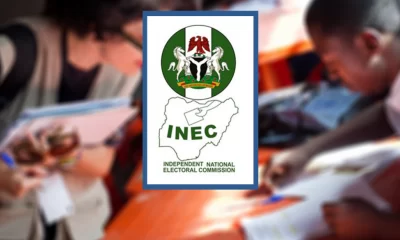
 Uncategorized7 days ago
Uncategorized7 days ago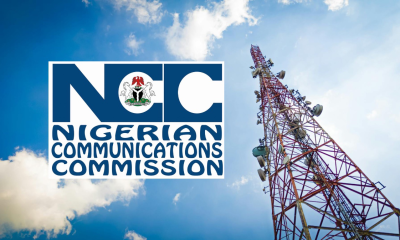
 Business1 week ago
Business1 week ago
 Business6 days ago
Business6 days ago
 Politics3 days ago
Politics3 days ago
 News3 days ago
News3 days ago
 Crime5 days ago
Crime5 days ago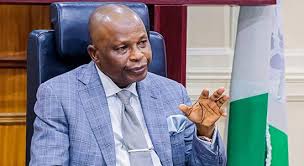
 Latest5 days ago
Latest5 days ago
 Business5 days ago
Business5 days ago
